Microsoft aims to simplify security portfolio with Defender rebrand
Move coincides with updates for Azure Sentinel, Azure Defender, and Defender for Endpoint
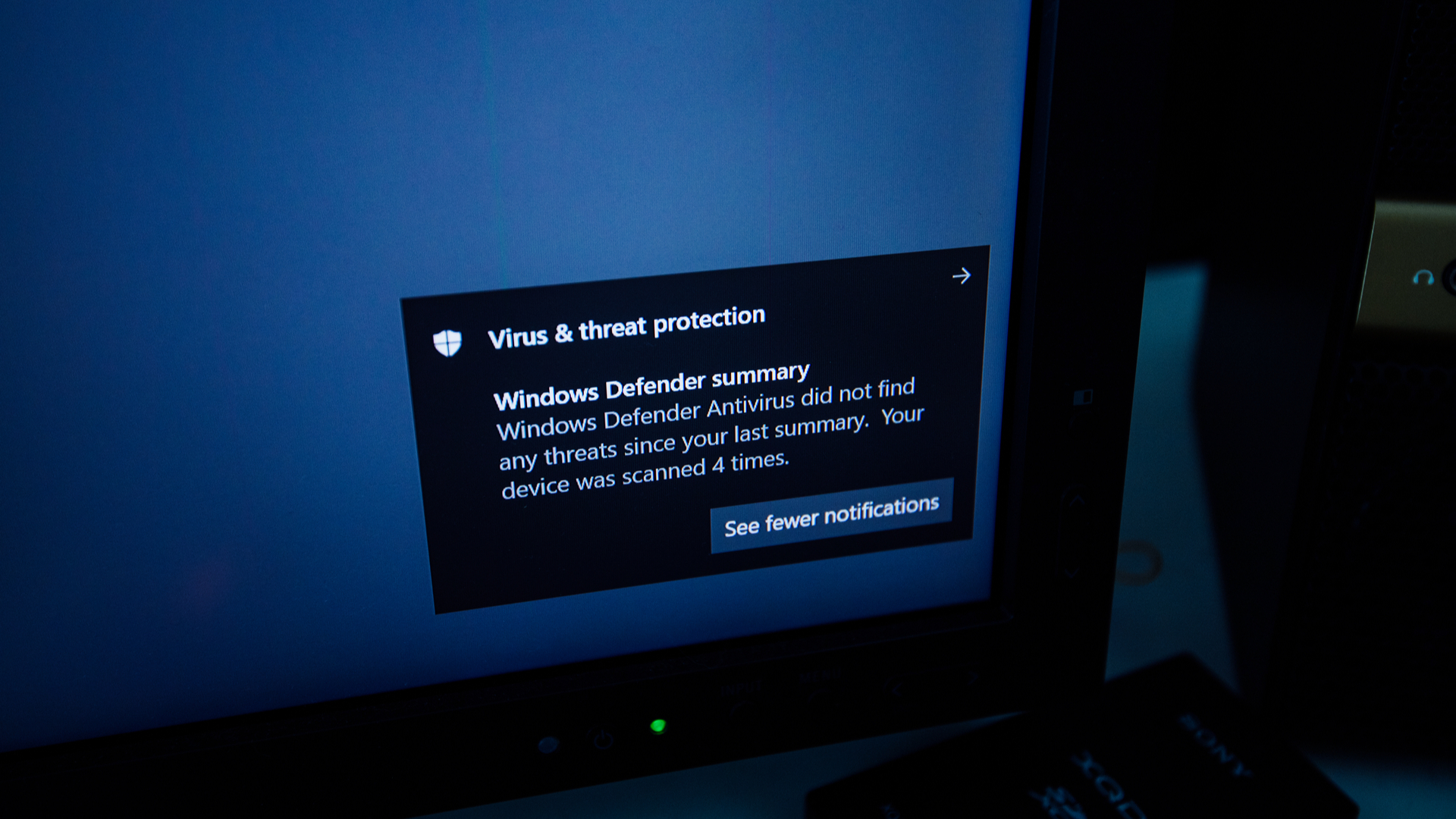
Microsoft has announced a host of new security updates to coincide with a strategic shift that pulls all of its detection and event management services under the new Microsoft Defender brand.
Microsoft Defender represents the "broadest resource coverage" of any security portfolio in the industry, the company claims, spanning identity protection, endpoints, cloud applications, and infrastructure, to name a few.
Microsoft will stop supporting Internet Explorer in 2021 Windows Defender review: An average default option Microsoft sued for allegedly sharing Office 365 customer data
This means all of Microsoft's extended detection and response (XDR) tools will now sit alongside its suite of security information and event management (SIEM) software, offered as a single umbrella brand in a bid to reduce complexity.
For customers, this new direction will take the form of two separate packages, namely Microsoft 365 Defender, tailored for end-user environments, and Azure Defender, built for cloud and hybrid infrastructure. Both of these packages bring their own product name changes, with Microsoft effectively abandoning the 'advanced threat protection (ATP)' theme for most products.
Microsoft 365 Defender will replace all instances of Microsoft Threat Protection, the name given to the suite of products covering identity, endpoint, email, and app security, launched just two years ago.
Included in that Microsoft 365 Defender suite is an updated version of Microsoft Defender ATP, now known as Microsoft Defender for Endpoint, bringing with it expanded support for Android and iOS devices.
Microsoft Defender for Office 365, previously known as Office 365 ATP, and Microsoft Defender for Identity, previously known as Azure ATP, will also feature as part of the Microsoft 365 Defender suite.
Get the ITPro daily newsletter
Sign up today and you will receive a free copy of our Future Focus 2025 report - the leading guidance on AI, cybersecurity and other IT challenges as per 700+ senior executives
The second package, Azure Defender, is described as an evolution of the Azure Security Center (ASC) and repurposes a number of its tools, although the original version ASC still exists. Firstly, Azure Defender for Servers will replace the standard version of ASC, while both Azure Defender for SQL and Azure Defender for IoT will both replace their respective ASC versions. All of these will be packaged inside Azure Defender.
Aside from the name changes, Azure Defender will bring a new look with a unified dashboard inside ASC, as well as expanded protection coverage for SQL on-premises, Kubernetes, and Azure Key Vault. It will also cover industrial IoT, operational technology (OT), and building management systems, largely thanks to the acquisition of CyberX in June.
"Today we're delivering a new set of security, compliance, and identity innovations to help all customers simplify and modernize their environments by embracing the reality that the past seven months have likely reshaped the next 10 years of security and digital transformation," said Vasu Jakkal, corporate vice president of Microsoft Security, Compliance, and Identity, announcing the rebrand.
"We hold a differentiated view among our peers that security should not only encompass all critical aspects of security -- including cybersecurity, identity and compliance -- but that these components should be tightly integrated, and built right into the products and platforms that businesses are already using."
Also updated, but still separate from the Microsoft Defender branding, is Azure Sentinel, a tool that collates all of an organisation's security logs and threat data into one window. This has been given an updated search functionality and the option to create watchlists for specific threats. It's also now possible to create user and entity behaviour profiles that can be paired with Microsoft's own security research to monitor for unseen threats.
Beginning in November, Microsoft will also be cutting the cost of Azure Sentinel for a limited time, which it estimates will help a typical organisation of 3,500 users save around $1,500 per month.
Dale Walker is a contributor specializing in cybersecurity, data protection, and IT regulations. He was the former managing editor at ITPro, as well as its sibling sites CloudPro and ChannelPro. He spent a number of years reporting for ITPro from numerous domestic and international events, including IBM, Red Hat, Google, and has been a regular reporter for Microsoft's various yearly showcases, including Ignite.
-
 Should AI PCs be part of your next hardware refresh?
Should AI PCs be part of your next hardware refresh?AI PCs are fast becoming a business staple and a surefire way to future-proof your business
By Bobby Hellard Published
-
 Westcon-Comstor and Vectra AI launch brace of new channel initiatives
Westcon-Comstor and Vectra AI launch brace of new channel initiativesNews Westcon-Comstor and Vectra AI have announced the launch of two new channel growth initiatives focused on the managed security service provider (MSSP) space and AWS Marketplace.
By Daniel Todd Published
-
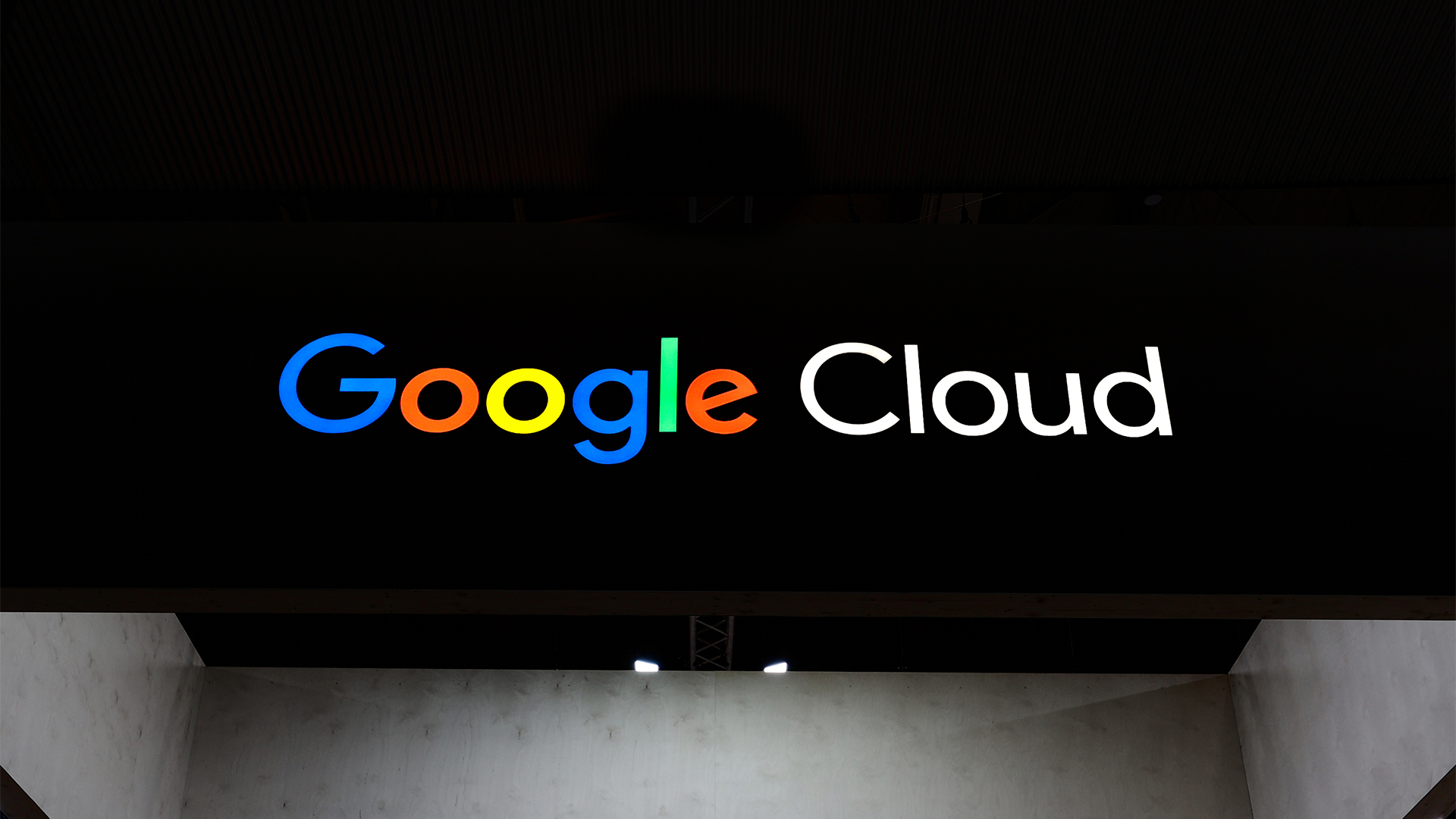 The Wiz acquisition stakes Google's claim as the go-to hyperscaler for cloud security – now it’s up to AWS and industry vendors to react
The Wiz acquisition stakes Google's claim as the go-to hyperscaler for cloud security – now it’s up to AWS and industry vendors to reactAnalysis The Wiz acquisition could have monumental implications for the cloud security sector, with Google raising the stakes for competitors and industry vendors.
By Ross Kelly Published
-
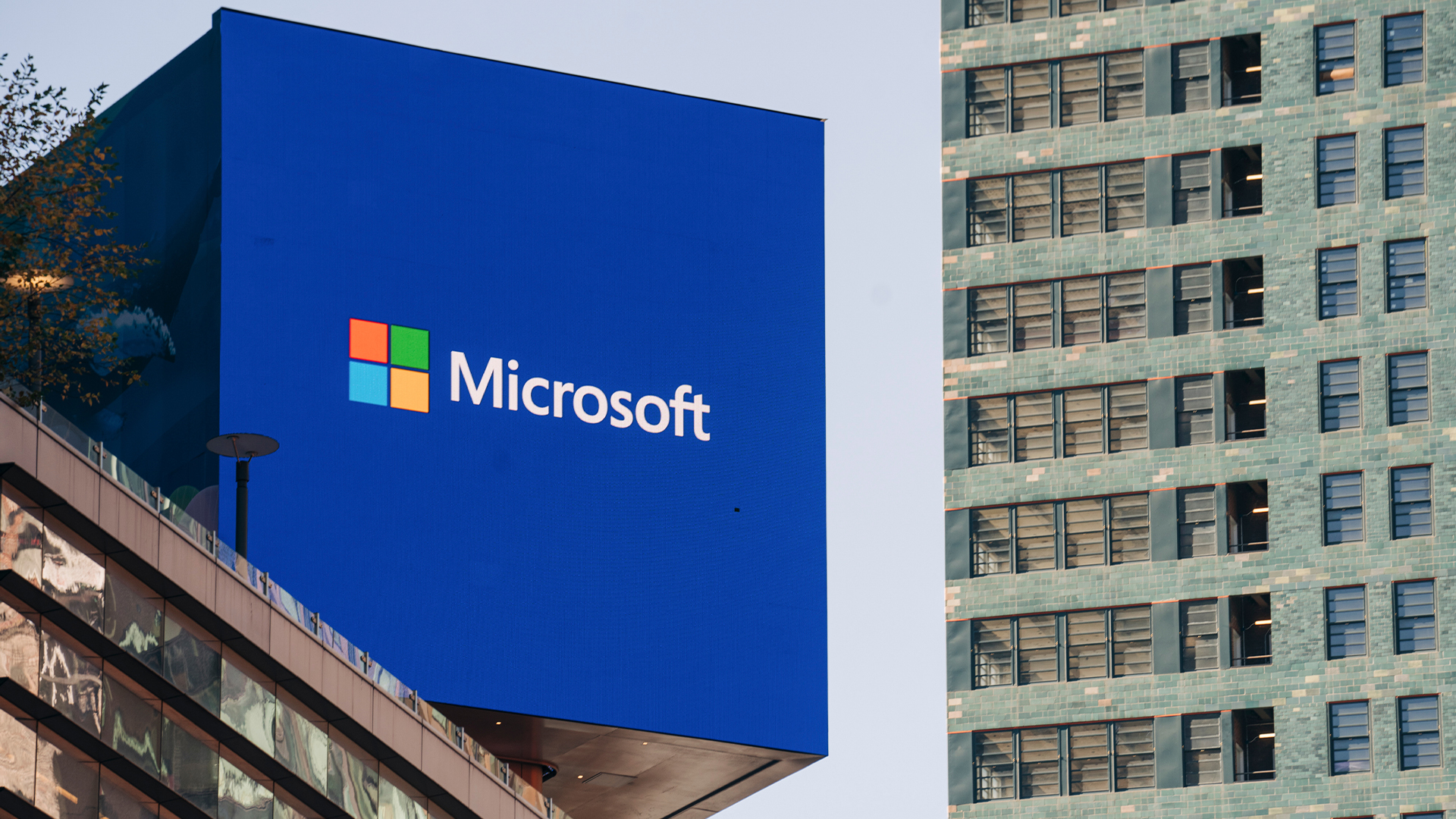 Microsoft’s EU data boundary project crosses the finish line
Microsoft’s EU data boundary project crosses the finish lineNews Microsoft has finalized its EU data boundary project aimed at allowing customers to store and process data in the region.
By Nicole Kobie Published
-
 Microsoft hit with £1 billion lawsuit over claims it’s “punishing UK businesses” for using competitor cloud services
Microsoft hit with £1 billion lawsuit over claims it’s “punishing UK businesses” for using competitor cloud servicesNews Customers using rival cloud services are paying too much for Windows Server, the complaint alleges
By Emma Woollacott Published
-
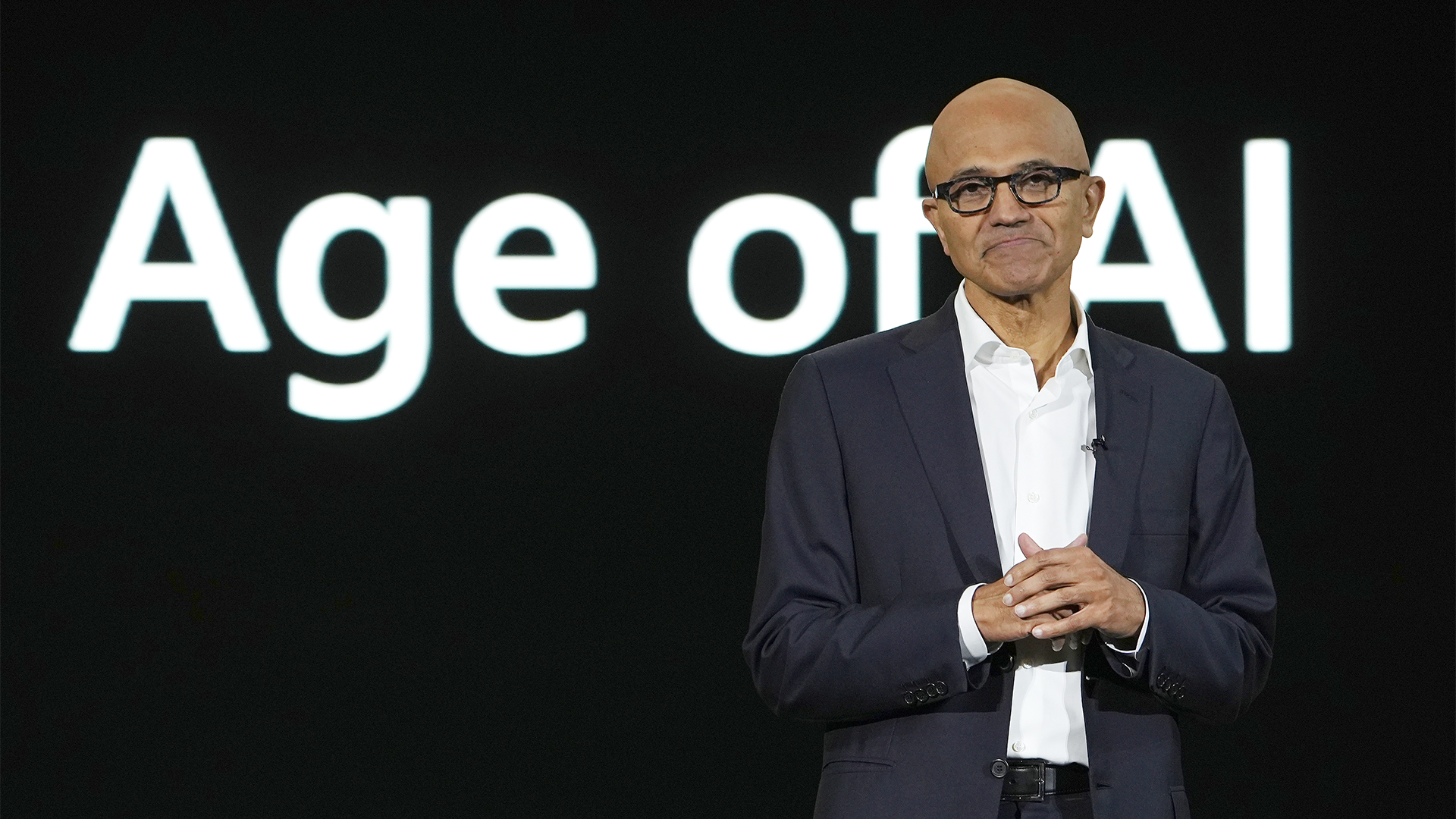 Microsoft's Azure growth isn't cause for concern, analysts say
Microsoft's Azure growth isn't cause for concern, analysts sayAnalysis Azure growth has slowed slightly, but Microsoft faces bigger problems with expanding infrastructure
By George Fitzmaurice Published
-
 The Open Cloud Coalition wants to promote a more competitive European cloud market – but is there more to the group than meets the eye?
The Open Cloud Coalition wants to promote a more competitive European cloud market – but is there more to the group than meets the eye?Analysis The launch of the Open Cloud Coalition is the latest blow in a war of words between Microsoft and Google over European cloud
By Nicole Kobie Published
-
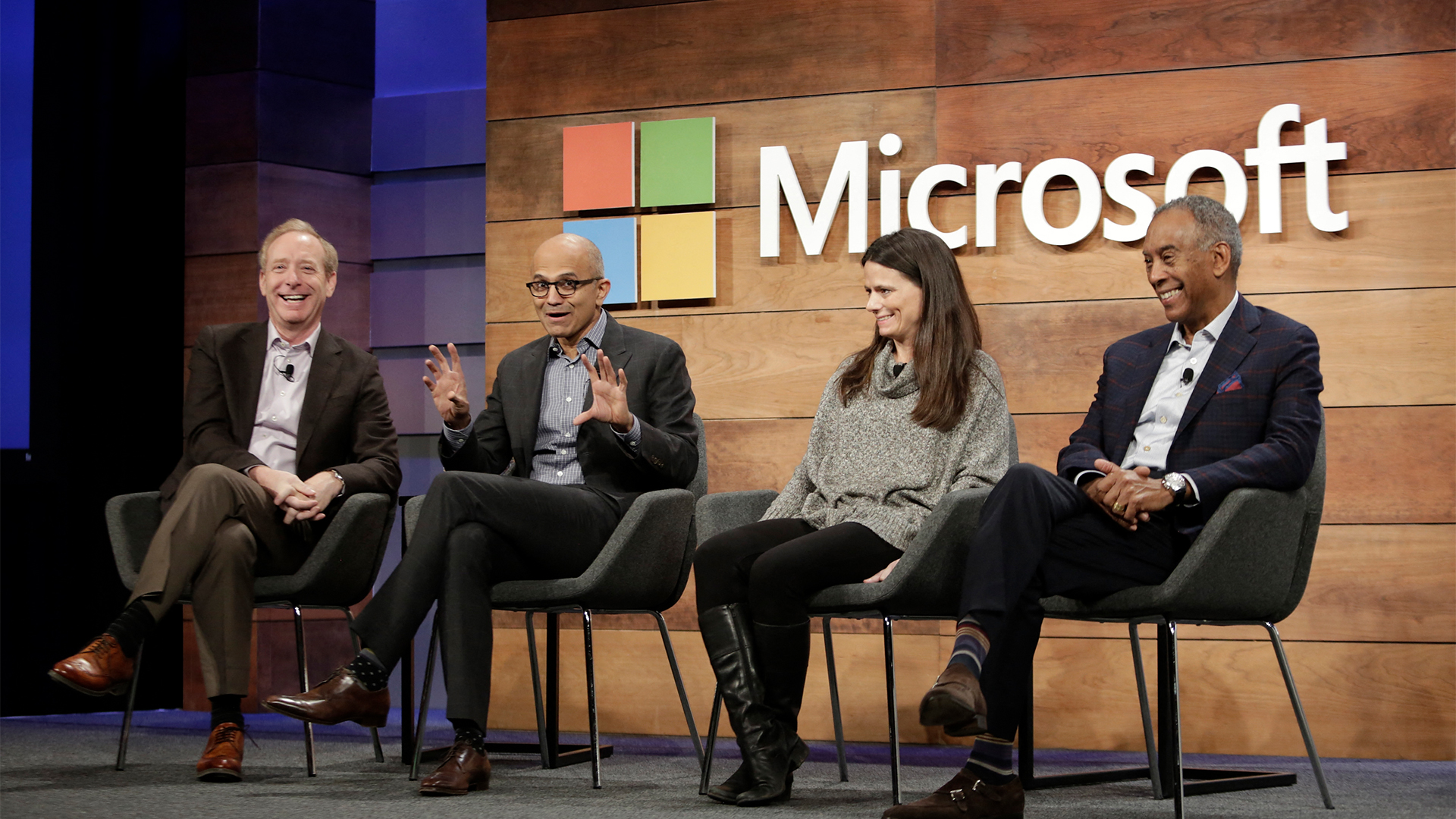 Data center constraints pinch as Microsoft reports soaring AI demand
Data center constraints pinch as Microsoft reports soaring AI demandNews The firm’s CEO Satya Nadella remained confident that supply and demand would start matching up later in the fiscal year
By George Fitzmaurice Published
-
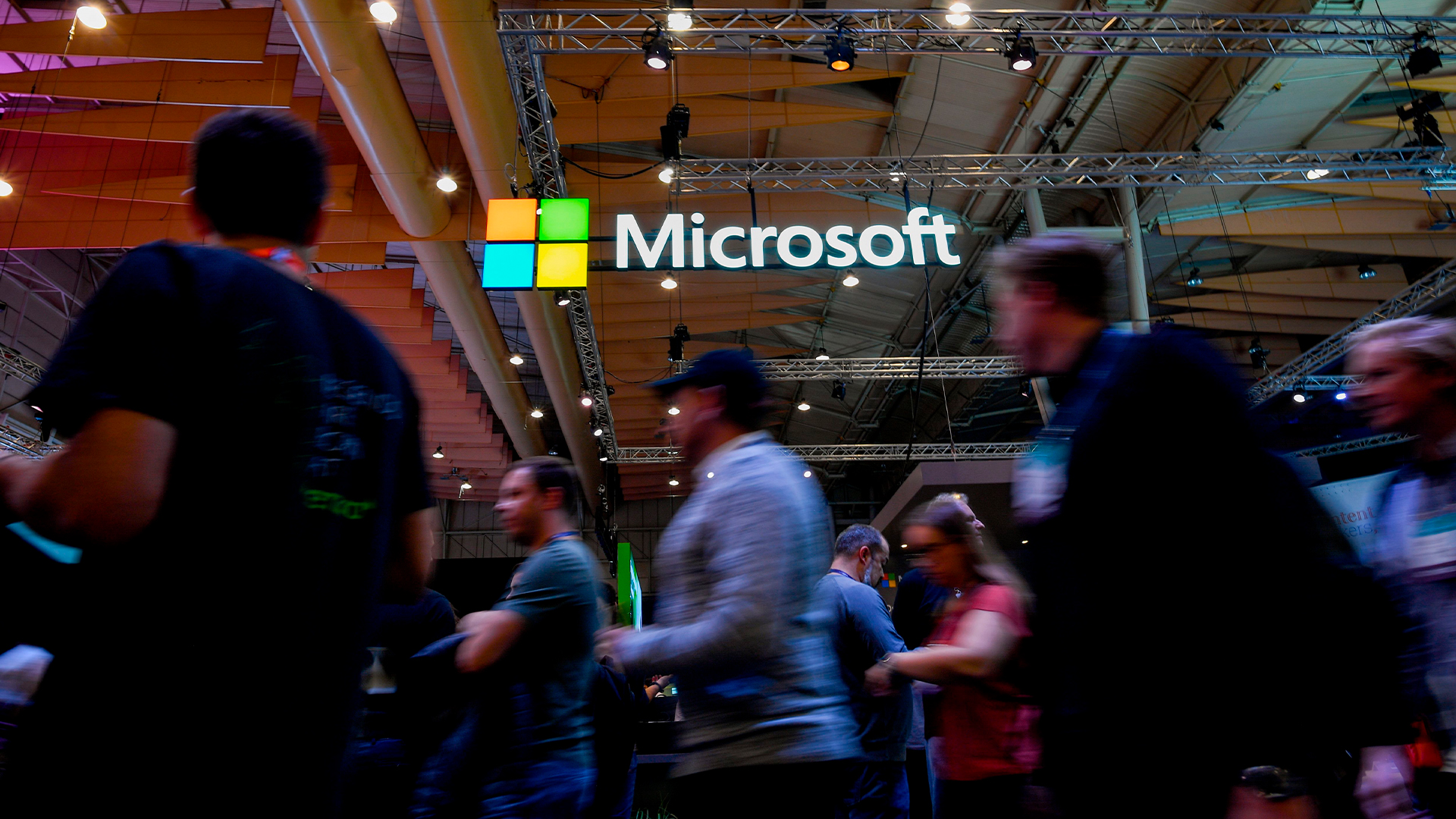 Microsoft slams Google’s ‘shadow campaigns’ as feud over cloud regulation escalates
Microsoft slams Google’s ‘shadow campaigns’ as feud over cloud regulation escalatesNews Google is being accused of creating an “astroturf” organization that is driven by ulterior motives
By George Fitzmaurice Published
-
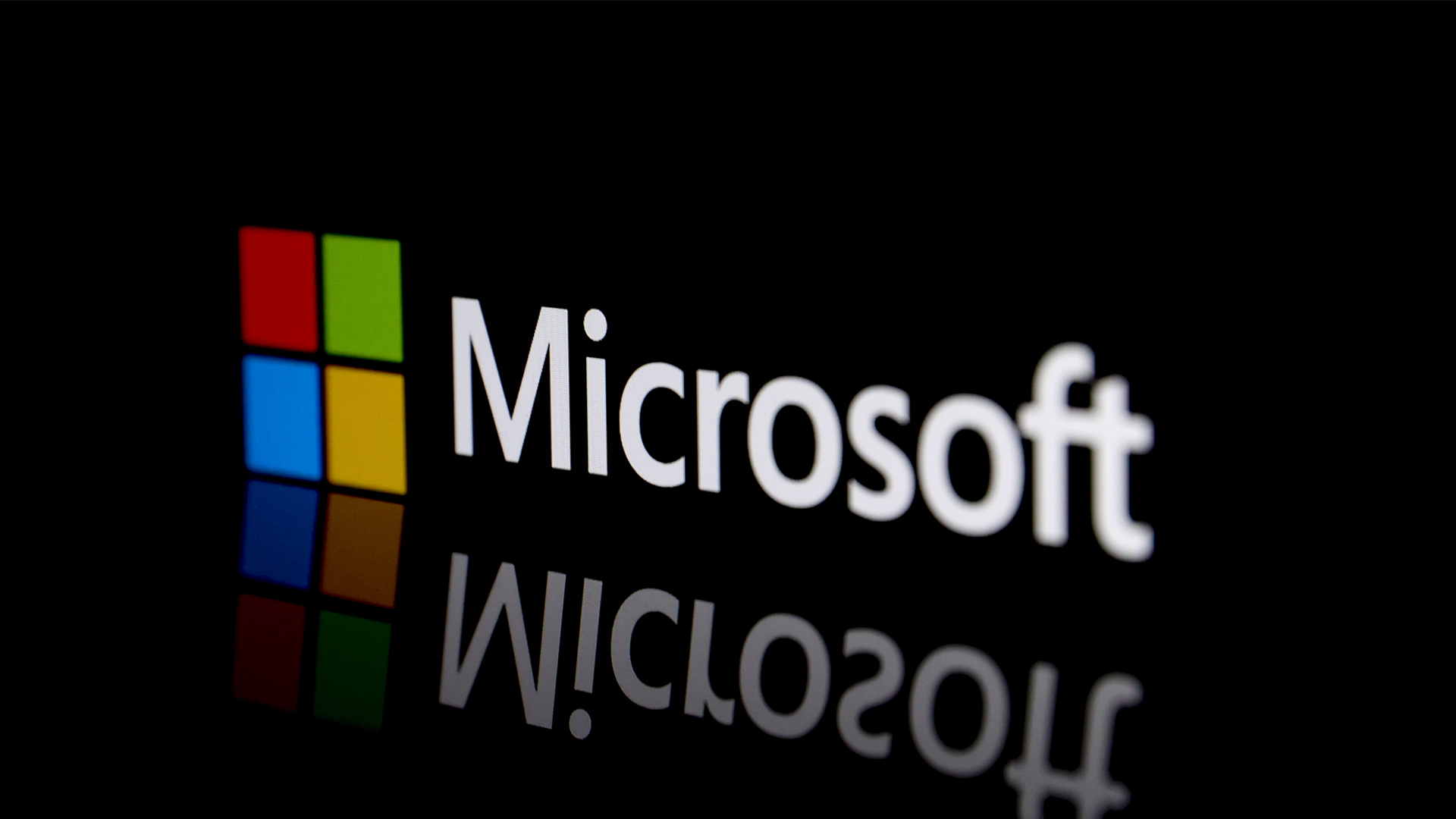 Microsoft just announced its biggest ever investment in Italy
Microsoft just announced its biggest ever investment in ItalyNews The investment from Microsoft aims to ramp up cloud infrastructure and deliver training initiatives to upskill a million people
By Emma Woollacott Published